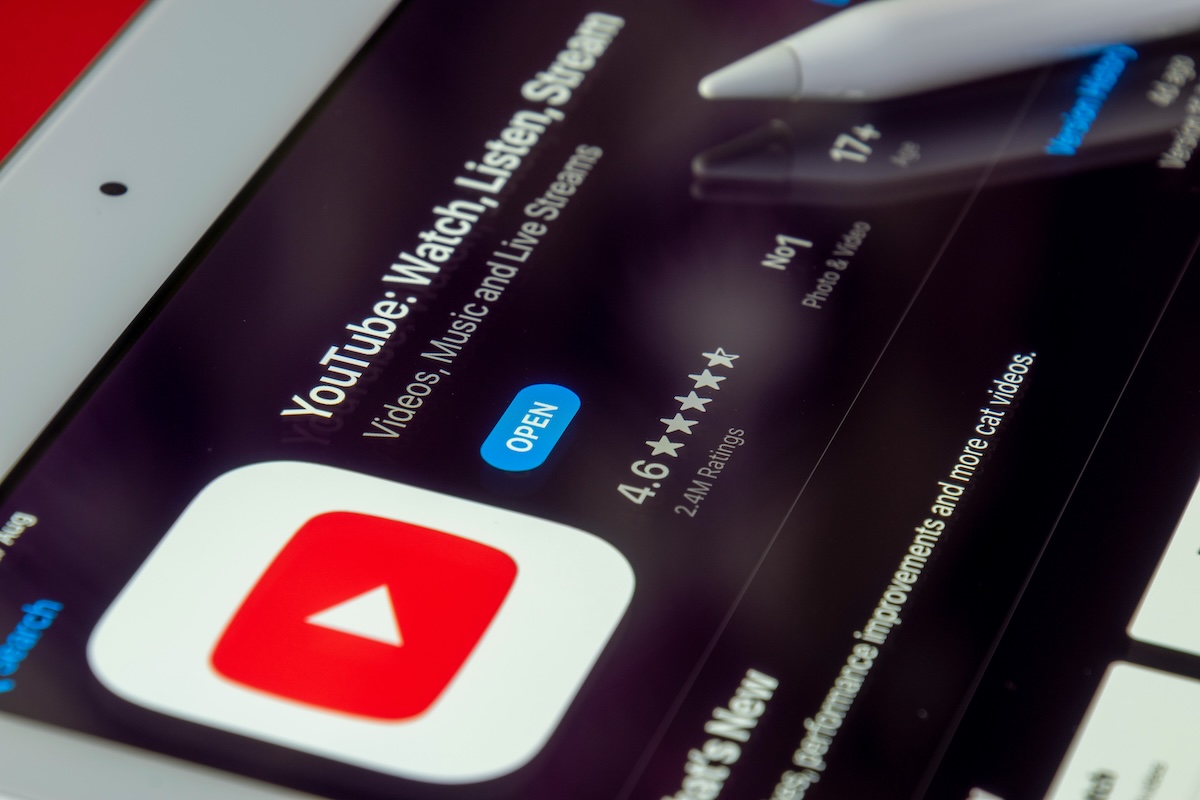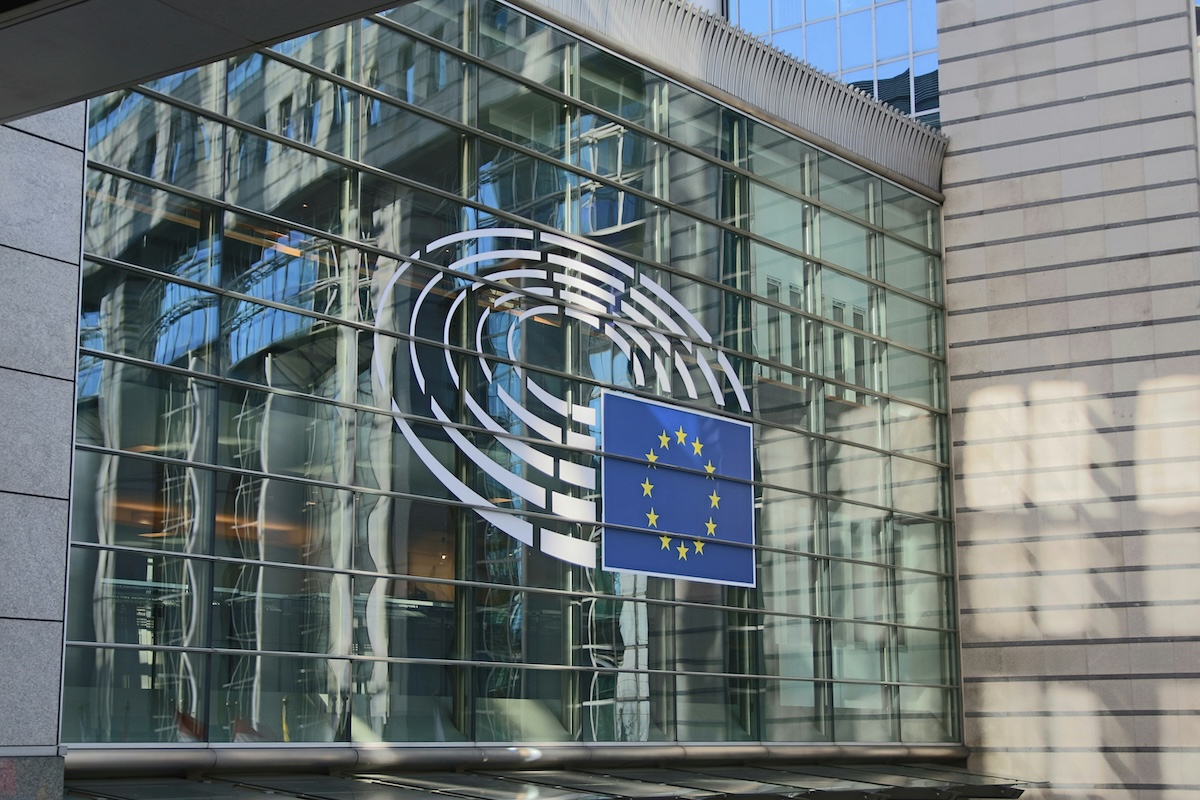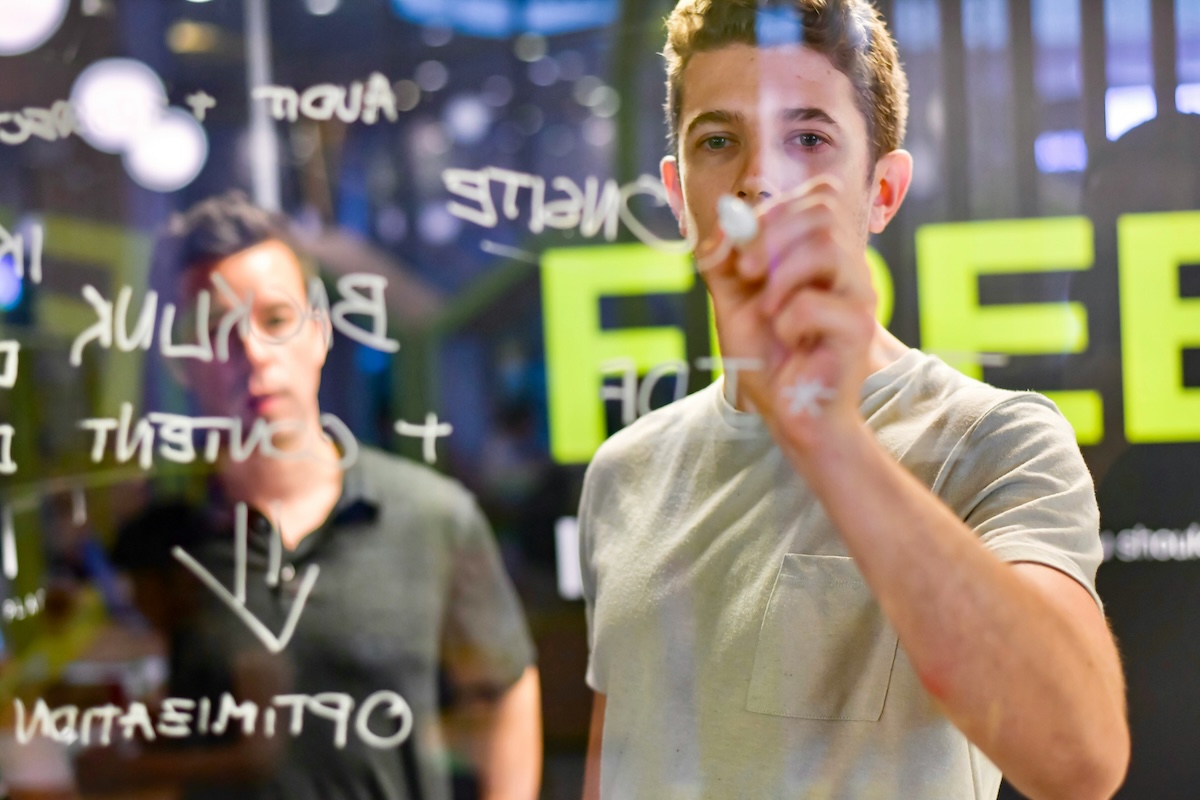Artificial intelligence is evolving at breakneck speed, especially in the realm of language AI and large language models (LLMs). Tools like ChatGPT and other conversational AI have moved from a novelty to a business essential in just a few years. In fact, nearly 50% of companies experimented with LLMs in 2024, and 75% had planned to use them by 2025. Reports from this year exceed this prediction, with 91% of global executives actively scaling up their AI initiatives. All of this is to say that AI-driven communication has become mainstream, and staying on top of these trends in AI is crucial.
In this article, we explore three key trends in AI, (With a focus on language and LLMs.) that are shaping global communication in 2025:
- Conversational AI & multilingual LLMs go mainstream: AI chatbots and voice assistants enable natural, multilingual interactions at scale, making technology more inclusive and user-friendly.
- Ethical and responsible AI in focus: Organizations are increasingly addressing AI ethics, from bias and transparency to data privacy, driven by new regulations and consumer expectations.
- AI as a creative and productivity partner: Rather than replacing humans, AI is augmenting human creativity and efficiency. In turn, helping teams produce content faster, prototype ideas, and localize at scale with human oversight.
1: Increased accessibility through conversational AI & NLP
AI assistants
Not long ago, interacting with machines by plain conversation felt futuristic. Today, there’s a clear trend in AI that’s impossible to ignore. Conversational AI is everywhere, from customer service chatbots to virtual assistants that understand multiple languages. These AI systems use advanced natural language processing (NLP) to engage users in human-like dialogue, breaking down barriers in communication. This widespread adoption reflects how essential conversational AI has become for instant support and engagement across languages. Consumers are on board, too. Most people now prefer the immediacy of a chatbot over waiting for a human agent, especially when the chatbot can respond in their native language.
LLMs like GPT-4 and Google’s PaLM have been game-changers in this space. These models can understand context, handle nuanced queries, and generate fluent responses in dozens of languages. The result is more natural and inclusive interactions. Someone can ask a question in Spanish and get a helpful answer in Spanish; another user might easily converse with the same system in Chinese or Arabic. This multilingual capability is raising the bar for global user experience.
AI assistants are becoming universal translators and communicators, bringing more people into the digital conversation.
YouTube’s auto-dubbing

Beyond text-based chat, conversational AI is expanding into voice and media. For example, towards the end of 2024, YouTube rolled out an AI-powered auto-dubbing feature that adds voiceovers in multiple languages to videos. A video originally in English can now automatically speak to viewers in French, Hindi, or Japanese, allowing content creators to reach global audiences without separate production in each language. This kind of AI-driven Localization is making digital content more accessible than ever before. Accessibility is also improved for users with disabilities. Voice-enabled AI can transcribe or read out content, and smart assistants can understand spoken requests, empowering those who have difficulty with traditional interfaces.
How LÉON can help you increase accessibility
Crucially, these developments are being integrated into professional language services. At Global Lingo, we embrace LLMs to enhance translation and Localization workflows. Our own platform LÉON integrates powerful AI translation and live-feedback tools with the world’s leading LLMs. This means a human translator using LÉON can receive instant AI-generated translations or suggestions, then refine them with their expertise.
By embedding conversational AI and NLP into such platforms, businesses can provide on-demand multilingual support to their customers and internal teams. The net effect is faster communication, in more languages, through more intuitive interfaces. In 2025, conversational AI and multilingual LLMs are not just tech trends; they’re becoming standard practice for any organization aiming to engage a global audience.
2: Ethical and responsible AI in focus
One of the most critical trends in AI, as it becomes more pervasive in business and daily life, is that of ethical and responsible practice. The last few years have seen a surge of concern around issues like bias, transparency, and privacy in AI systems. When AI translates content or generates business communications, stakeholders need confidence that the AI is fair and trustworthy. Unchecked algorithms could inadvertently perpetuate biases or inaccuracies, a serious risk in content that reaches diverse audiences. In 2025, companies are therefore placing a strong emphasis on responsible AI development and usage.
What you need to know about the EU AI Act

A major driver of this trend is new regulation. Europe led the way with the EU AI Act, the world’s first comprehensive AI law approved in 2024. The EU AI Act will come with full enforcement by 2026, and sets out to:
- Define strict requirements for “high-risk” AI systems.
- Mandate transparency in AI outputs.
- Hold organizations accountable for how they use AI.
Such regulatory pressure means that any AI tools used, including those for language tasks, must be developed and deployed with care. Likewise, industry groups and governments worldwide are issuing AI ethics guidelines, and companies are proactively establishing AI ethics committees to oversee projects. The message is clear: adopting AI without ethical safeguards is no longer acceptable.
A responsible response to consumer expectations
Clients and consumers also demand this accountability, expecting AI-driven services to respect privacy and cultural sensitivities. Key ethical practices include mitigating bias in AI models (for example, using more diverse training data and testing outputs for fairness) and ensuring transparency in AI-generated content. Users should know when they’re reading a machine-generated translation or interacting with a bot, and why an AI made a certain recommendation.
There’s also a strong focus on data privacy. Many organizations restrict sending sensitive data to public AI tools, fearing information leaks. In response, AI providers are offering more secure, enterprise-grade solutions. Our LÉON platform is one example: it was “secured by design” with robust data protection (ISO 27001 certification and HIPAA compliance). By keeping data in a controlled environment and offering encryption and permission controls, platforms like LÉON address privacy concerns while enabling AI efficiencies.
3: AI as a creative and productivity partner

With all the hype around AI, a critical reality has emerged: the most effective use of AI is alongside humans, not instead of them. We are seeing AI take on repetitive tasks and generate first drafts, which frees up humans to focus on higher-value, creative, and strategic work. Not to mention refinement and optimization. This trend in AI is all about using tools as collaborators to boost productivity and make more time for creative thinking.
Examples of creative AI use cases in different workflows
Creative AI in marketing
Generative AI systems can produce a flood of content ideas, translations, or written drafts in seconds. Professionals can then curate and refine these outputs. The result is a much faster iteration cycle. Marketing teams, for example, can instantly get several slogan suggestions or social media post drafts from an AI, then polish the best ones for the tone and accuracy of their brand. It’s no surprise that adoption of generative AI in creative fields has skyrocketed, with 88% of marketers claiming to use AI tools in their day-to-day role.
Creative AI in localization workflows
In localization workflows, translators now often start with a machine-translated draft (from an NMT engine or LLM) and then focus their energy on refining style and ensuring cultural fit. This can dramatically cut turnaround times while maintaining quality. In fact, industry data shows that translation volumes have surged by 30% year-over-year as companies leverage AI to handle more content without compromising quality.
Creative AI in writing
Another benefit of AI-human collaboration is enhanced creativity. AI can offer fresh perspectives that a human might not have considered. For instance, an AI language model might suggest an innovative phrasing or a metaphor in a copywriting task, sparking the human writer’s imagination. This is a common practice among writers. You’ll often hear the phrase: “I don’t use AI… for everything….”
Bonus: Best practices you can use today
Best practice trends in AI for creativity
For creativity, the best practice approaches to using AI often suggest:
- Use AI for idea generation: Generate content drafts, visual concepts, or naming options quickly.
- Test and iterate faster: Prototype designs or messages rapidly with AI to reduce revision cycles.
- Explore more options: Ask AI for variations you wouldn’t have considered manually.
- Add structure to brainstorming: Use AI to organize raw thoughts or input into more precise outlines.
- Balance AI input with human editing: Treat outputs as a starting point, not the final result.
- Encourage hands-on experimentation: Let teams try AI tools to discover new creative uses.
Best practice trends in AI to improve productivity
- Automate low-value tasks: Use AI for things like scheduling, summaries, and email drafts.
- Embed AI in daily tools: Choose AI features that integrate into tools your team already uses.
- Train teams to prompt well: Teach basic AI prompting skills to improve output quality.
- Track what saves time: Measure where AI is actually reducing workload or speeding things up.
- Focus AI where it helps most: Apply AI to bottlenecks like reporting, research, or admin tasks.
- Review outputs critically: Always check AI work before acting on it.
Conclusion: Embracing the Future of AI in language
The latest trends in AI show how rapidly language technology is moving from a support tool to a strategic enabler. For localization professionals, content leaders, and global brands, the opportunity is not just to adopt AI, but to integrate it responsibly, creatively, and purposefully. AI is not replacing language professionals. It’s empowering them to scale insight, reach, and quality. Platforms like LÉON illustrate this shift, combining leading AI models with ethical design and professional control.
By staying aligned with these trends, businesses can not only keep pace with innovation but also shape the future of multilingual communication. Contact us today to see how we can support your AI workflows.